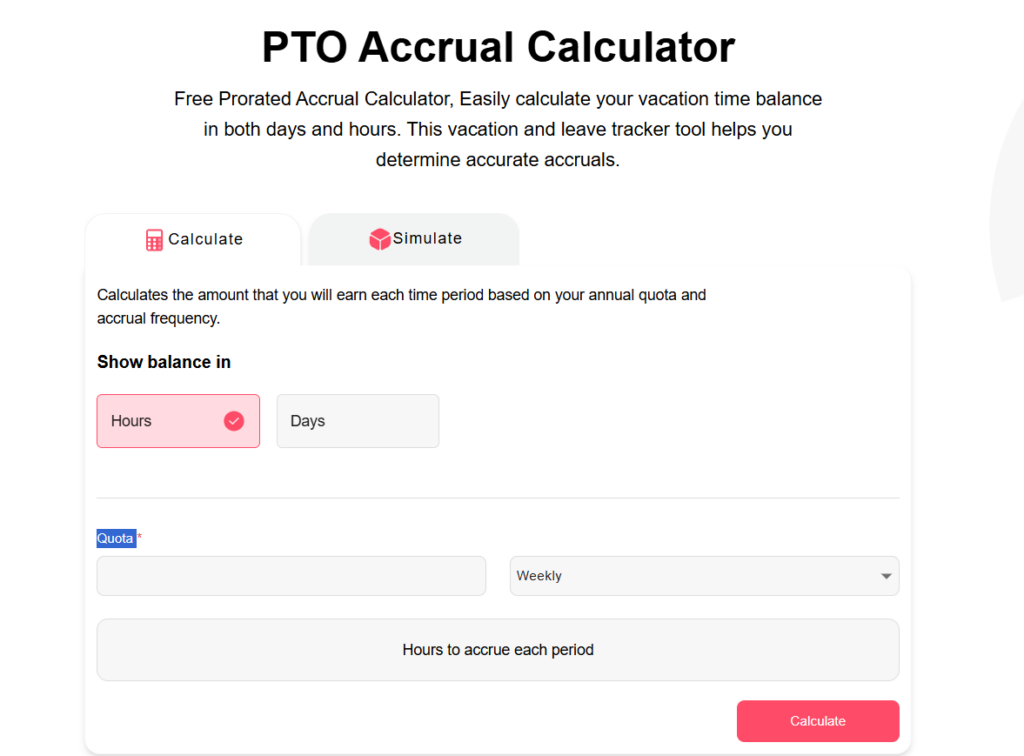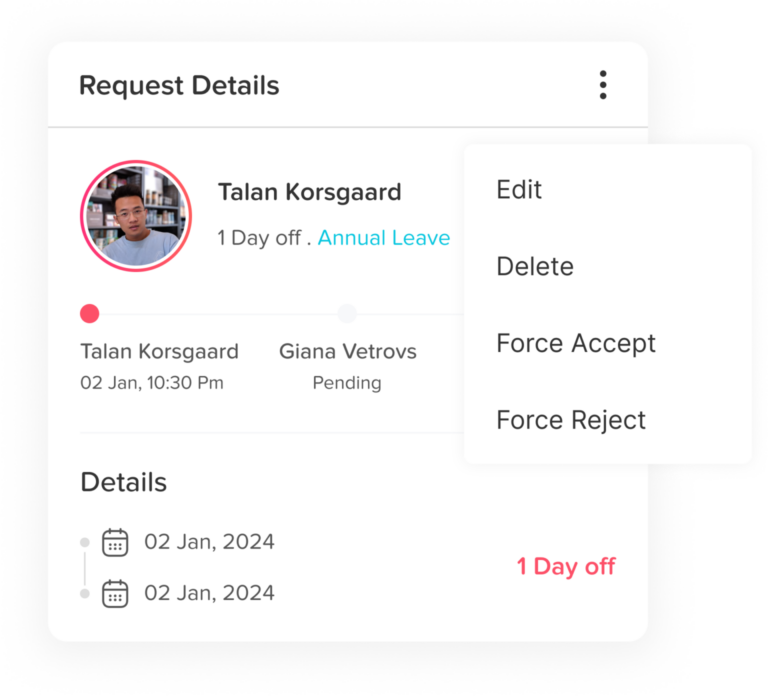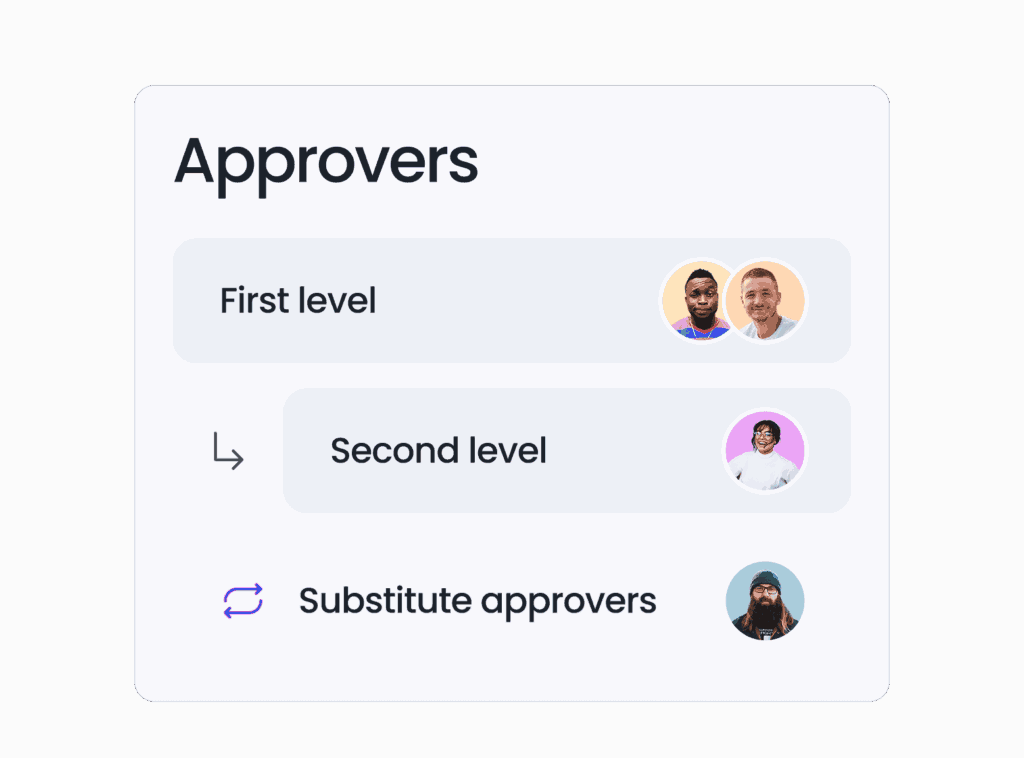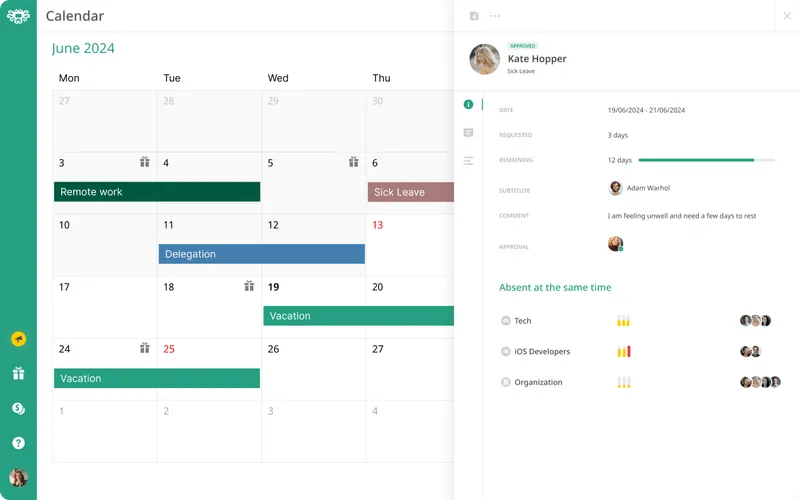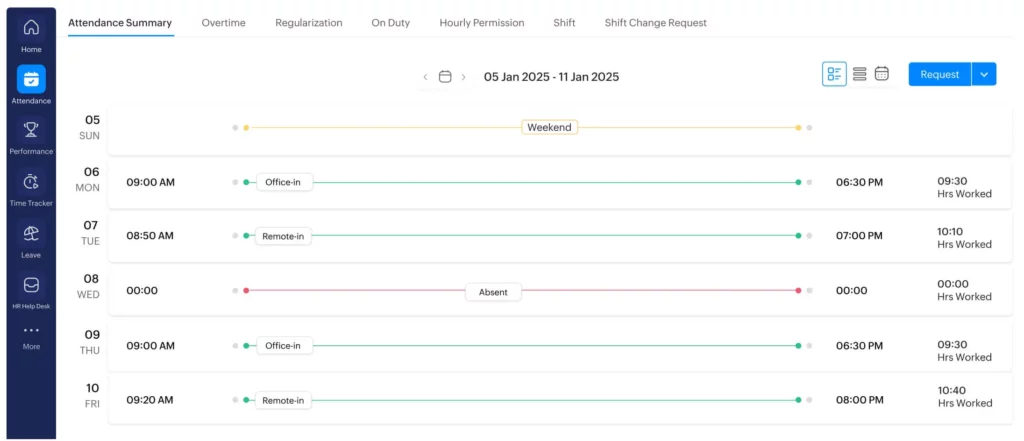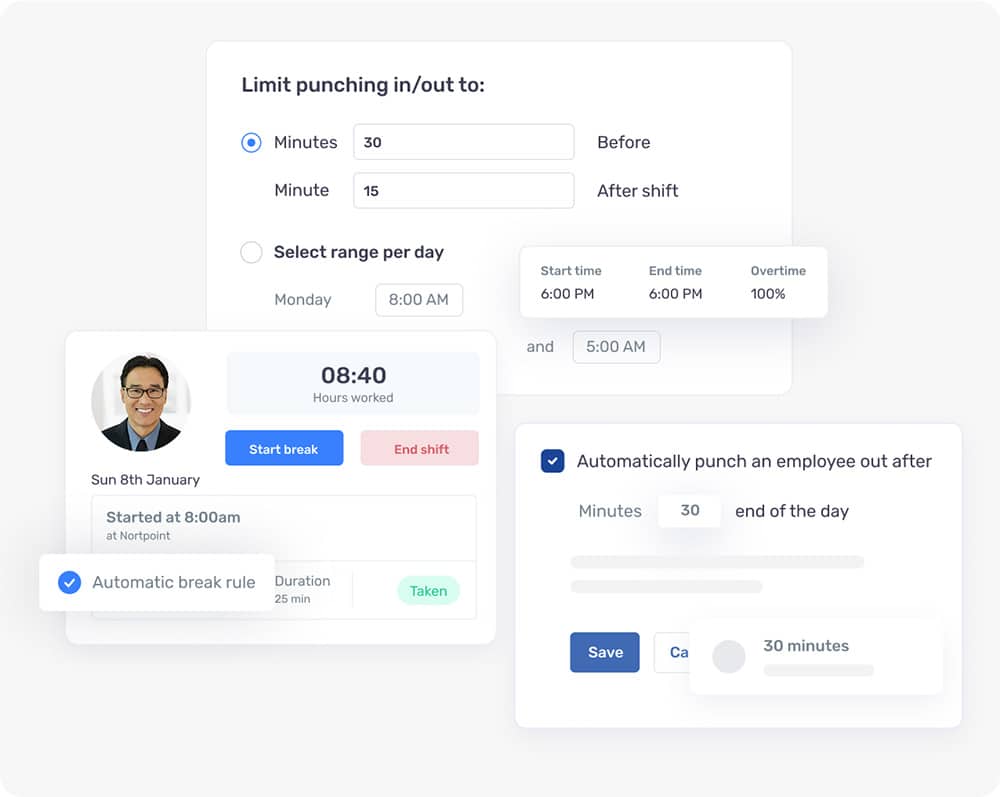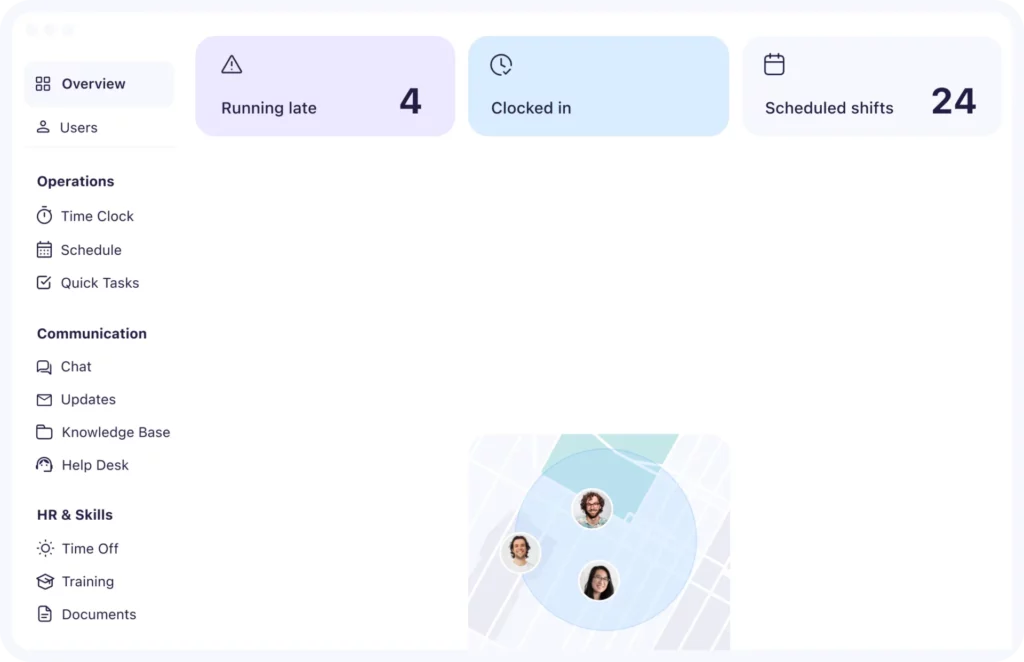The probation period is a crucial phase for both the employer and the employee. It’s not just a formality, it’s a chance for both sides to evaluate fit, performance, and potential. Typically lasting between one to six months, this stage allows new hires to settle into their roles while allowing managers to assess how well they align with company expectations and culture.
When managed properly, the probation period can lead to stronger retention, better performance, and a more engaged team. But when it’s neglected or handled poorly, it can cause confusion, turnover, and missed opportunities.
Here’s a comprehensive guide on the do’s and don’ts of managing employees during probation, plus best practices for monitoring progress, communicating clearly, and ensuring fairness throughout the process.
The Do’s of Managing Employees During Probation
Clearly Define the Probation Period Objectives
Don’t assume a new hire knows what success looks like, define it clearly from day one.
Outline the purpose of the probation period and what specific outcomes you expect. This should include:
Core job responsibilities
Performance goals and metrics
Behavioral and cultural expectations
Collaboration and communication standards
Put all this in writing, ideally in the offer letter, employee handbook, or onboarding checklist, so there’s no confusion later. Clear expectations set the tone for accountability and success.
Provide a Comprehensive Onboarding Experience
Probation is often won or lost during onboarding. A solid onboarding process does more than show someone where the coffee machine is, it helps them understand how to succeed in their role.
Include:
An introduction to your tools, systems, and workflows
A walkthrough of your company’s mission, values, and goals
Training sessions or mentoring to build confidence early
A 30-60-90 day plan outlining key milestones
Pro tip: Pair new employees with a buddy or mentor. This helps them acclimate faster and feel supported during those critical first months.
Give Frequent, Constructive Feedback
Don’t wait until the end of probation to share feedback, by then, it’s too late to make improvements.
Instead:
Hold bi-weekly or monthly check-ins
Provide both verbal and written feedback
Highlight strengths as well as areas that need improvement
Set small, actionable goals between reviews
Pro tip: Use feedback tools or templates to track progress. Consistent, encouraging feedback builds confidence and gives the employee a clear roadmap for success.
Encourage Open Communication
New employees can be hesitant to speak up or ask for help. It’s your job to make them feel safe doing so.
Encourage transparency by:
Checking in regularly, not just about work, but about how they’re adjusting
Creating space for honest questions or concerns
Offering guidance without judgment
Pro tip: Anonymous check-ins or short Slack surveys can help you gauge how comfortable and engaged your new hires are feeling.
Assess Both Technical and Soft Skills
Performance isn’t just about hitting numbers, it’s also about how someone works with others.
During probation, evaluate how the employee:
Handles their core job tasks
Adapts to company processes
Communicates and collaborates with teammates
Solves problems and shows initiative
Pro tip: Keep written notes or examples to support your evaluations. Documentation makes final decisions more objective and fair.
Customize Support Based on Learning Style
Everyone learns differently, some employees prefer hands-on coaching, while others like to figure things out independently.
Ask early on how they learn best and tailor your approach.
For example, you could offer:
One-on-one walkthroughs for hands-on learners
Recorded tutorials or written guides for visual learners
Shadowing opportunities for those who learn best by observing
Provide Training and Development Resources
Probation shouldn’t be about testing alone, it’s also about helping new hires grow.
Offer resources such as:
Online or in-person training sessions
Internal wikis or guides
Lunch-and-learn sessions
Job shadowing with experienced employees
Investing in development early shows commitment to their success, and often pays off in higher performance and loyalty later on.
Set SMART Goals
Goals give direction. Use the SMART framework to make them clear and achievable:
Specific, define exactly what’s expected
Measurable, use data or milestones to track progress
Achievable, ensure it’s realistic for their experience level
Relevant, align with job responsibilities
Time-bound, set clear deadlines
Pro tip: Tie goal completion to performance bonuses or recognition to keep motivation high.
Document All Interactions and Decisions
Keep a detailed record of everything probation-related, including check-ins, feedback, issues, and decisions.
This protects both you and the employee in case of misunderstandings later.
Use tools like HRIS systems or Day Off to store notes, progress reports, and leave records in one place.
End the Probation Period With a Formal Review
At the end of probation, hold a formal meeting to discuss:
Achievements and progress
Areas for improvement
Final decision, whether they’re confirmed, extended, or released
Future development goals (if they’re staying on)
Deliver this review face-to-face or via video call to ensure clarity and mutual respect. A thoughtful conclusion reinforces professionalism, no matter the outcome.
The Don’ts of Managing Employees During Probation
Don’t Be Vague About Expectations
Telling someone to “just do your best” isn’t helpful.
Instead, be specific about what success looks like, outline key tasks, priorities, and the standards they’ll be measured against.
Don’t Treat the Probation Period as a Passive Trial
Probation isn’t a “wait and see” period. If you take a hands-off approach, you miss opportunities to support the employee and improve performance.
Stay involved, guide them actively, and offer feedback early and often.
Don’t Delay Addressing Red Flags
Small problems can turn into big ones if ignored.
If an employee is underperforming, coming in late, or not engaging, address it immediately.
Be direct, explain what needs to change, and give them a fair chance to improve with a timeline in place.
Don’t Assume They’ll “Just Know”
New employees can’t read minds. Every workplace has unspoken rules, from communication styles to meeting etiquette.
Be clear about both formal and informal expectations to avoid misunderstandings.
Don’t Rely on a Single Manager’s Opinion
No one person has the full picture.
Get input from team members, supervisors, and others who’ve worked with the employee. This makes evaluations more balanced and fair.
Don’t Ignore Legal or HR Compliance
Probation doesn’t mean “no rules.”
You still need to follow:
Labor laws
Notice periods
Documentation standards
Anti-discrimination regulations
When in doubt, check with HR or your legal team to make sure every decision follows proper procedure.
Don’t Treat All Roles the Same
Not every position has the same learning curve.
A customer service rep might get up to speed in weeks, while a manager or developer may need months.
Adjust expectations and timelines accordingly.
Don’t Let Office Politics Influence Decisions
Base your final assessment on facts, not opinions or rumors.
Focus on documented performance, not hearsay. Personal bias has no place in a fair review.
Don’t Leave Employees in the Dark
Nobody should be surprised by the outcome of their probation.
Keep them updated regularly on where they stand, especially if performance isn’t meeting expectations.
Honest, timely feedback prevents misunderstandings and builds trust.
Managing Time Off During Probation
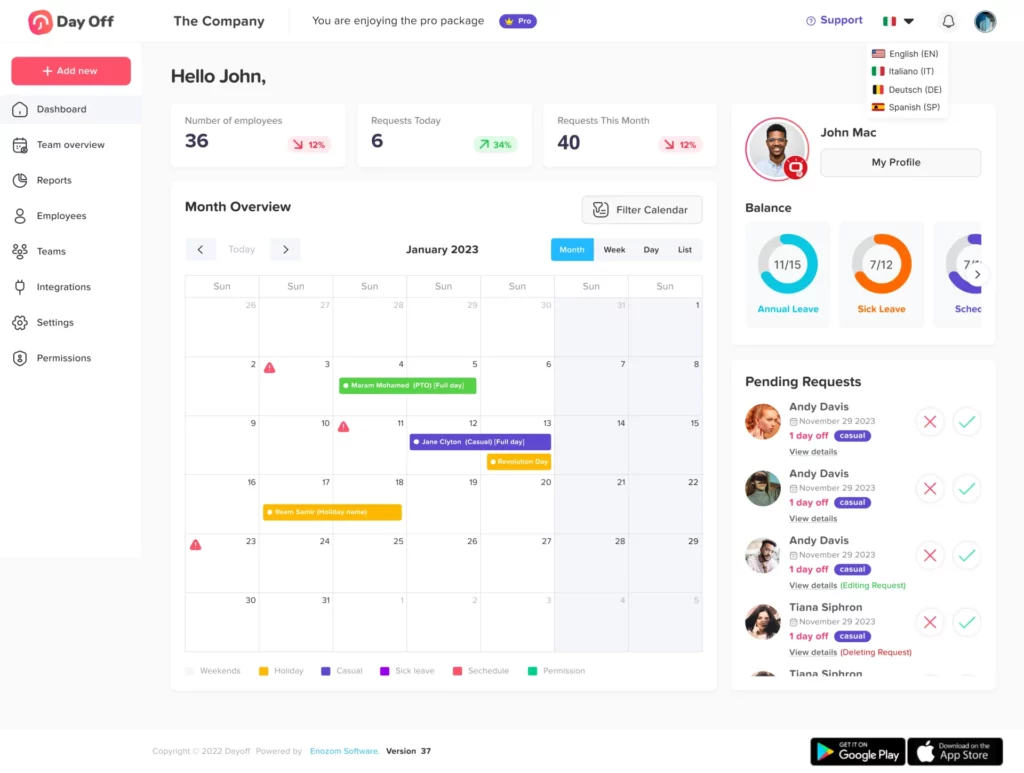
During probation, most companies limit or restrict time off, unless it’s for an emergency or a legally protected reason. This helps new employees stay focused and gives managers enough time to fairly assess their performance.
To simplify this process, the Day Off leave management app includes built-in tools to help HR teams track and manage probation policies effectively.
Key Features of Day Off for Probation Management:
Joining Date Input: Enter the employee’s official start date.
Automated Probation Calculation: The system automatically sets the probation duration based on your company’s rules.
Time-Off Restriction: During probation, employees can’t submit time-off requests unless exceptions are allowed.
Auto-Unlock Post-Probation: Once the probation ends, the system automatically lifts restrictions and grants normal leave access.
This automation keeps the process fair, transparent, and consistent, while saving HR valuable time.
FAQs About Managing Employees on Probation
How long should a probation period be?
The length of a probation period usually depends on the type of role and the company’s policies. In most organizations, it lasts between one and six months. A standard three-month probation is very common because it gives enough time for both the employer and the employee to assess performance, attitude, and cultural fit. Some companies extend it if they need more time to make a fair decision, especially for senior or technical positions that require longer adjustment periods.
Can an employee take leave during probation?
Yes, an employee can take leave during probation, but it often comes with restrictions. Many companies limit leave during this period to emergencies or legally entitled reasons, such as sick leave. Paid time off might not be available until the employee becomes permanent, depending on the contract. It’s best for both managers and new hires to discuss any planned absences early on to avoid misunderstandings. Excessive or unapproved leave during probation can sometimes affect performance reviews and the final decision about employment.
Can a probationary employee be terminated without notice?
This depends on local labor laws and the terms stated in the employment contract. In some regions, employers can terminate a probationary employee with shorter notice, while others require the same notice period as for permanent staff. Regardless of what’s legally allowed, it’s always best practice to communicate clearly, document the reasons for termination, and give feedback before making a final decision. Doing so not only protects the organization legally but also shows fairness and professionalism.
Should probation periods be extended if performance is borderline?
Yes, extending the probation period is often a good idea if the employee has shown genuine effort and potential but hasn’t fully met expectations yet. An extension typically lasts one to three months and should be handled transparently. Managers should explain why the extension is happening, what areas need improvement, and what specific goals the employee must meet by the new deadline. This gives the individual a fair chance to succeed while demonstrating that the company values development over quick dismissals.
What happens after the probation period ends?
At the end of the probation period, the manager and HR team will review the employee’s overall performance and behavior to decide on the next step. If the probation was successful, the employee is confirmed as a permanent staff member and usually gains access to the full range of benefits and entitlements. If performance has been inconsistent, the company might choose to extend the probation period for a little longer. In some cases, if the employee has not met expectations despite support and feedback, the employment may be ended in accordance with company policy and labor laws.
Do probationary employees have the same rights as permanent staff?
Probationary employees are still covered by essential labor rights such as minimum wage, anti-discrimination protections, and safe working conditions. However, some additional benefits, like bonuses, paid time off, or health insurance, might only apply after the employee successfully completes probation. It’s important that new hires understand which rights and benefits they are eligible for from the start, and HR should make this information clear during onboarding.
How should I structure a probation review meeting?
A probation review meeting should be an open, constructive conversation focused on progress and next steps. The manager should begin by reviewing the employee’s overall performance and discussing what has gone well so far. Then, they should highlight any challenges the employee has faced and explore ways to overcome them. Finally, the meeting should end with a clear outcome, whether the employee is being confirmed, extended, or released, and a summary of what to expect next. Following up with a written record of the discussion helps ensure transparency and avoids confusion later.
What are common reasons probationary employees fail?
There are several reasons why an employee might not pass probation. The most common issues include poor attendance, lack of punctuality, difficulty adapting to the role, or not meeting performance expectations. Others may struggle with teamwork, communication, or adjusting to the company’s culture. In many cases, these problems can be corrected with timely feedback and support, which is why regular check-ins and coaching during probation are so important. Addressing issues early can often turn a struggling employee into a successful one.
Conclusion
The probation period is much more than just a trial phase, it’s an opportunity for both the employee and the employer to build a strong foundation for success. When handled with clear expectations, regular feedback, and genuine support, it helps new hires gain confidence, adapt faster, and feel valued.
For managers, it’s a chance to identify strengths, address challenges early, and shape employees into long-term contributors who align with the company’s goals and culture.
The key is to stay proactive, communicate openly, and document progress throughout the process. When done thoughtfully, the probation period becomes less about evaluation and more about growth, setting the stage for a motivated, engaged, and high-performing team.







